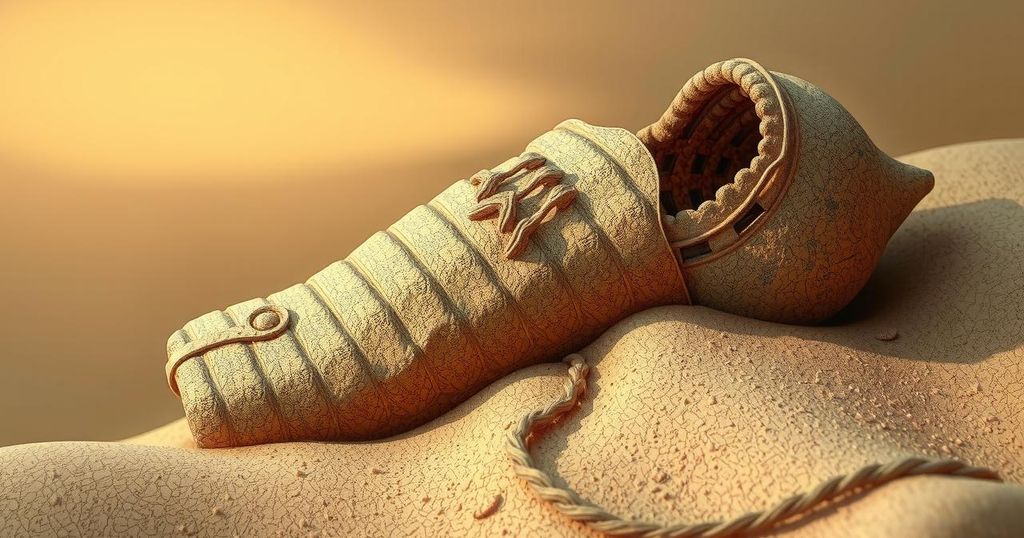Laser imaging has uncovered detailed, previously invisible tattoos on 1,200-year-old Chancay mummies in Peru. The tattoos, revealed through innovative techniques, demonstrate the skill of ancient artisans. Concerns regarding the imaging method’s efficacy have been voiced, yet these findings prompt a reconsideration of historical artifacts and their cultural relevance.
Recent advancements in laser imaging technology have revealed intricate tattoo designs on Chancay mummies dating back 1,200 years in Peru. The tattoos, which had faded significantly over centuries, are now visible in remarkable detail, highlighting the artistic skills of ancient Peruvian tattoo practitioners. Researchers examined over 100 mummified remains, discovering three individuals with tattoos characterized by fine lines measuring between 0.1 to 0.2 millimeters, showcasing the precision of the artisans of that era.
The study, published in “Proceedings of the National Academy of Sciences” (PNAS), utilized a laser-stimulated fluorescence (LSF) technique. This advanced method makes the skin fluoresce bright white, providing a stark contrast against the black ink of the tattoos, ensuring the designs are distinctly visible. The LSF technique overcomes the challenges faced by traditional methods, such as ink bleeding and fading over time.
The tattoo designs consist of geometric forms, including triangles and diamond patterns, reminiscent of motifs found in Chancay pottery and textiles. Additionally, vine-like and animal designs were also identified. Michael Pittman, a paleobiologist, remarked on these findings, emphasizing their cultural significance. Archaeologist Kasia Szremski commented that tattoos often serve as indicators of status or identity across various cultures.
Aaron Deter-Wolf, an expert in ancient tattooing, raised concerns regarding the LSF method. He questioned the study’s findings and suggested that the tattoos may have been created through incisions rather than puncturing techniques. His reservations indicate the need for further scrutiny regarding the implications of the research.
The findings highlight the necessity of utilizing advanced technologies to re-evaluate museum collections. While the exact significance of these tattoos remains undetermined, they provide valuable insights into the artistry and cultural practices of the Chancay civilization. Researchers anticipate that the LSF technique could further reveal the complexities of tattooing methods and artistry in ancient societies.
The Chancay culture, which thrived between 1000 to 1470 AD in coastal Peru, is known for its rich artistic traditions, including textiles and pottery. Tattooing, as a form of personal expression and cultural identity, was practiced in various ancient societies across the globe. The revival of interest in ancient tattooing has prompted researchers to employ modern technologies such as laser imaging to study artifacts that were previously thought to be lost to time.
In conclusion, the application of laser-stimulated fluorescence (LSF) to study ancient Chancay tattoos has unveiled not only the intricate artistry of these designs but also their cultural significance. While debates about research methodologies persist among experts, the use of advanced imaging techniques offers promising opportunities for a deeper understanding of ancient societal practices and identity.
Original Source: www.gadgets360.com






